Results
-
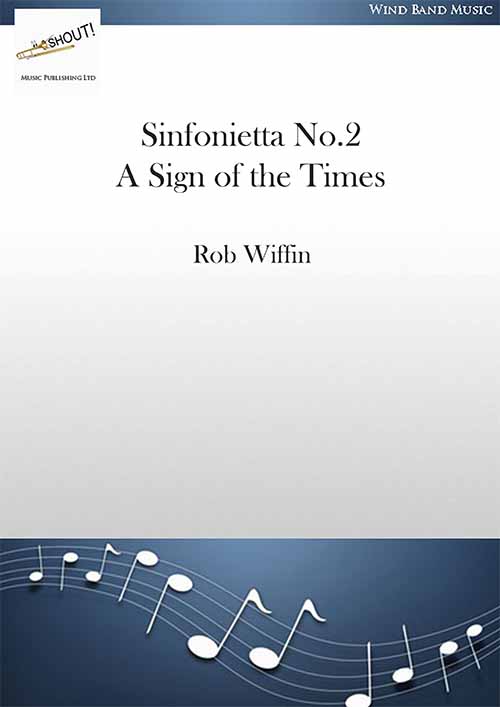 £99.95
£99.95Sinfonietta No.2 - A Sign of the Times (Concert Band - Score and Parts) - Wiffin, Rob
It was an interesting challenge to return to the form of a sinfonietta some twenty years after the last one. This work is not hugely problematic to play but was written without regard for technical demands, following a series of compositions that needed to take difficulty level into consideration. The work has five percussion parts but the tuned percussion, although desirable, can be omitted. As for the band parts, Oboe 2 is largely covered elsewhere but the colour of the cor anglais would be a definite enhancement to the overall sound. The work was written in 2025 when it seemed as if the world was a particularly volatile place.The first movement 'Foment' seeks to capture that menacing mood of unrest and the potential for violence that seemed to erupt without warning and without efforts to contain it from warmongers posing as peacemakers. The music is severe and focussed with just a short scherzo-like episode of levity to balance the quasi-military mood.'A Dream of Peace' takes a few moments to contemplate a different, more peaceful world and several ideas are considered before settling on the slow waltz-like melody. This uses a very tonal language but is given a particular hue by its use of sevenths and ninths and there are moments of stress which disrupt the tranquillity.In 'Call to Arms' the warlike mood returns with a sense of restless energy that drives the music to its conclusion.- Rob WiffinDuration: 14.00
Estimated dispatch 7-14 working days
-
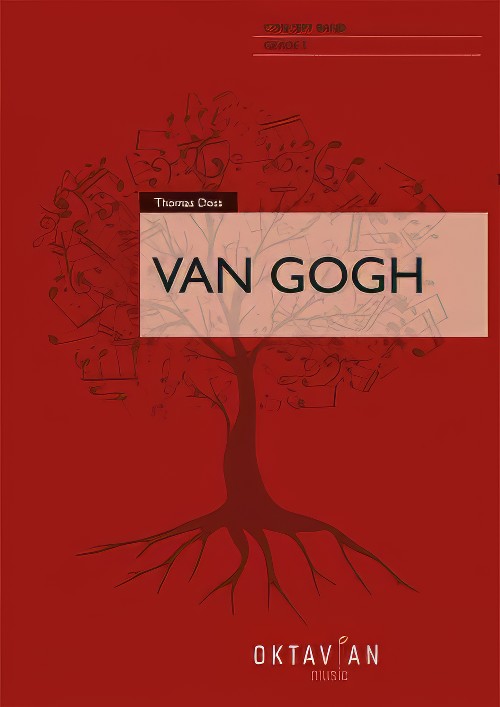 £279.99
£279.99Van Gogh (Concert Band - Score and Parts) - Doss, Thomas
This composition is not a work inspired by the life of the famous painter, but rather an attempt at a pictorial immersion into his world. In addition to Van Gogh's character and tragic life, the technique he employed to create his works, the bright colours of his paintings and his view of nature served as inspiration for this musical work. Point by point, stroke by stroke, Van Gogh brought his own world to life on canvas.On the life of Van Gogh: The Dutch artist Vincent van Gogh was one of the most important pioneers of Modernism, despite being relatively unknown during his own lifetime. As an artist, he chose a life of poverty and seclusion. From today's perspective, his important woks were created from 1880 onwards, when he had already more or less succumbed to madness. While his earlier works could still be classed as contemporary, he matured into a pioneer of Expressionism with his later work indicating an increasing self-awareness. He was just 37 years old when he died but he created over 750 paintings and 1600 drawings in the last ten years of his life.The structure of the work:Start: Brushes and Paints: Van Gogh retired to Arles in southern France where he found his artistic home. The colours and flowering gardens of this landscape awakened in him an unbelievably great creative power.A: A Picture Comes into Being: Van Gogh's psychotic episodes and bouts of depression did not stop him from painting wonderful pictures. Hardly anyone recognised his genius during his lifetime, on the contrary, he often felt misunderstood.C: Paris - Arles: In Paris (from 1886), Van Gogh became inspired by the French art scene. His works found few takers, however. He met and befriended the painter Paul Gauguin, but the lack of success made Van Gogh short tempered, and he began to drink. Eventually, he moved from Paris to Arles in the south of France to establish an artists' collective with Gaugin. Within a few weeks, the two got into such a violent argument that Van Gogh attacked his friend with a knife. The friends parted ways and afterwards Van Gogh cut off his right ear. In 1889 he voluntarily admitted himself into a mental hospital at St. Remy, suffering from hallucinations and fearing that he would lose his mind.G: The Starry Night One of his most famous paintings, created in 1898.H: Death and Brotherly Love Vincent van Gogh accepted an invitation to Auver-sur-Oise in 1890. This was one of his most intensive creative periods. He also went there for treatment, but his mental state hardly improved. After an extended walk, he injured himself fatally with a pistol under mysterious circumstances. Not even to his beloved brother Theo, who had supported him all his life, did he reveal on his deathbed how the accident had occurred.J: Art Market Today, Van Gogh's paintings are among the most expensive paintings on the art market. How ironic, given that he could hardly sell a painting during his lifetime. "I put my heart and soul into my work and lost my mind in the process." (Vincent van Gogh)Duration: 13.15
Estimated dispatch 7-14 working days
-
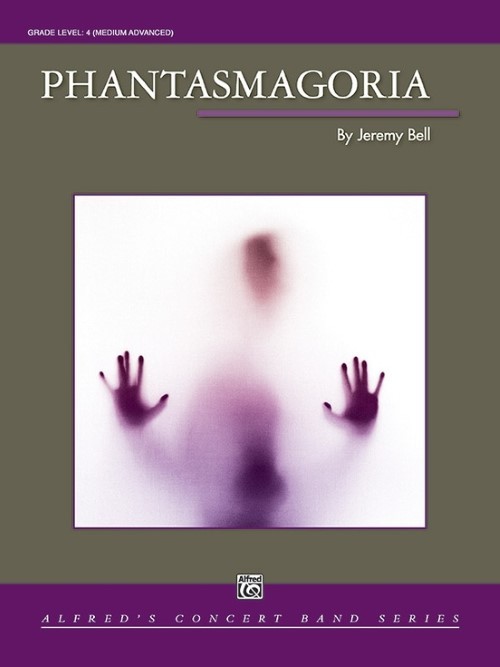 £82.95
£82.95Phantasmagoria (Concert Band - Score and Parts) - Bell, Jeremy
Phantasmagoria is described as "a shifting series of phantasms, illusions, or deceptive appearances, as in a dream or as created by the imagination." In this fascinating piece, key centres shift just like the phantasms created by the projections of a magic lantern, creating a sense of wonder with concealed, dark undertones.
Estimated dispatch 7-14 working days
-
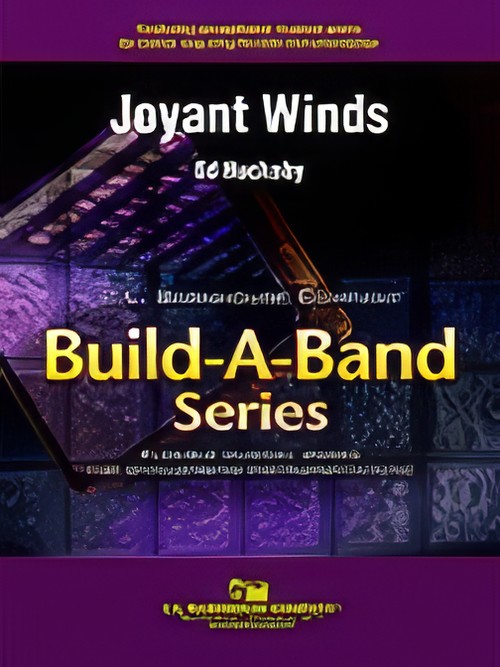 £60.00
£60.00Joyant Winds (Flexible Ensemble - Score and Parts) - Huckeby, Ed
Another outstanding Ed Huckeby young band overture adaptation in the Build-A-Band series, this has just the right combination of changing meters and rhythmic variety to make it a really big hit with your students. Interesting melodic lines and fresh, vibrant harmonies in the slow section provide the imaginative musical content for which Ed Huckeby has become so well known. Playable with as few as five instruments and percussion, this outstanding overture is highly recommended for contest or as a dramatic concert feature. Duration: 4.15
Estimated dispatch 7-14 working days
-
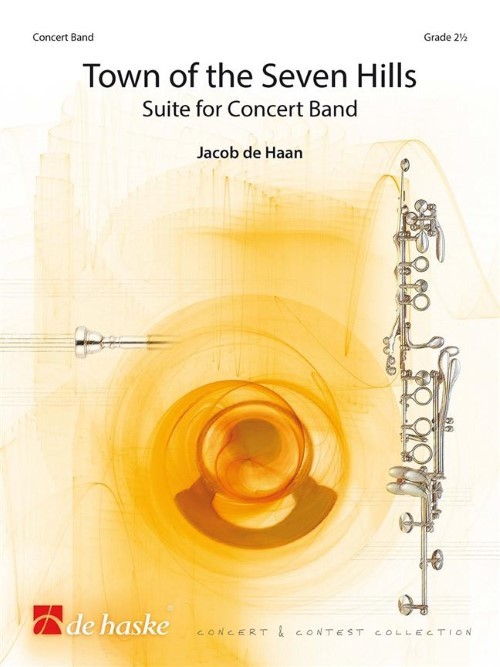 £118.99
£118.99Town of the Seven Hills (Concert Band - Score and Parts) - De Haan, Jacob
This 4-movement suite tells the story of the beautiful French town 'Tulle' that was built on seven hills, just like Rome and Lisbon. The composer depicts the history of the town, as well as important events such as the bloodbath during World War II, the fabric 'tulle' after which the town is named and the festive annual fair. Since Tulle is also known for the production of accordions, the composer added an 'ad libitum' accordion part. A really charming and stylish concert or contest work! Duration: 9.00
Estimated dispatch 7-14 working days
-
 £248.99
£248.99Refraction (Concert Band - Score and Parts) - Hadermann, Jan
Refraction is a work that uses the entire band and all the colours it can possibly produce. As the title suggests, it was inspired the fascinating physical phenomenon known as refraction. Just like light is split and disbursed into all its colours, the main theme is split into little motives. As the individual motives are disbursed throughout the band, different sections become more prominent, only to recede into the general texture again. The work concludes with the fusion of all these elements in a monumental climax of movement, sound and colour.Duration: 17:30
Estimated dispatch 7-14 working days
-
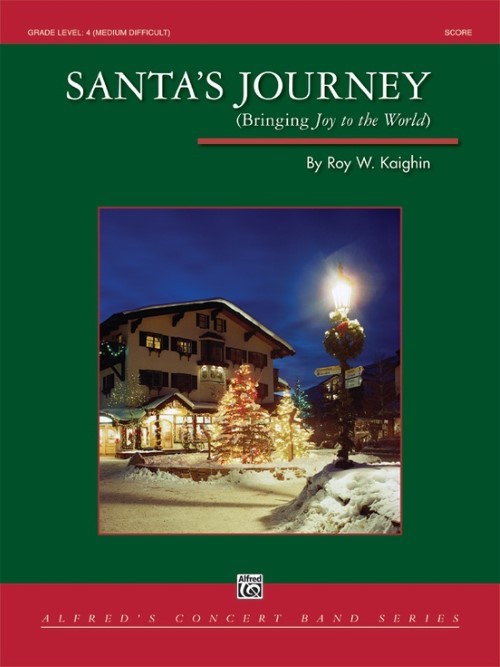 £77.50
£77.50Santa's Journey (Bringing Joy to the World) (Concert Band - Score and Parts) - Kaighin, Roy
As Santa starts his journey, bringing 'Joy to the World' by delivering presents to children - and adults too, he sets off on his majestic sleigh driven by his reindeer. A few elves have snuck into the sleigh to help. With a whoosh, he flies across the sky and over the snowy mountains. The music is in continuous motion, just like Santa's Sleigh, as he has many presents to deliver before morning.The quiet moments in the music depict Santa's arrival in small villages, away from the hustle and bustle of the big cities, touching the hearts of people everywhere. During his journey, Santa discovers the elves who have apparently lost some of the presents. Santa offers a gentle reprimand before the presents are ventually found by Elfie, the youngest Elf. After all the presents have been delivered, Santa heads back home as he calls out, "I'll be back next Christmas!"Duration: 4.15
Estimated dispatch 7-14 working days
-
 £51.95
£51.95Children of the World (Concert Band - Score and Parts) - Barnes & Smith - Smith, Robert W.
Inspired by the creation of this moving song written especially for the Expressions Music Curriculum, Robert W. Smith has created the most dynamic full pyramid concert. There are optional string parts as well as an optional children's choir. The concert band serves as the foundation for the programming of this work with the entire pyramid or any combination of the parts. Virtually any wind player can perform the solo in the absence of the choir. Just read the words, a spectacular closer for any program. Duration: 3.15
Estimated dispatch 7-14 working days
-
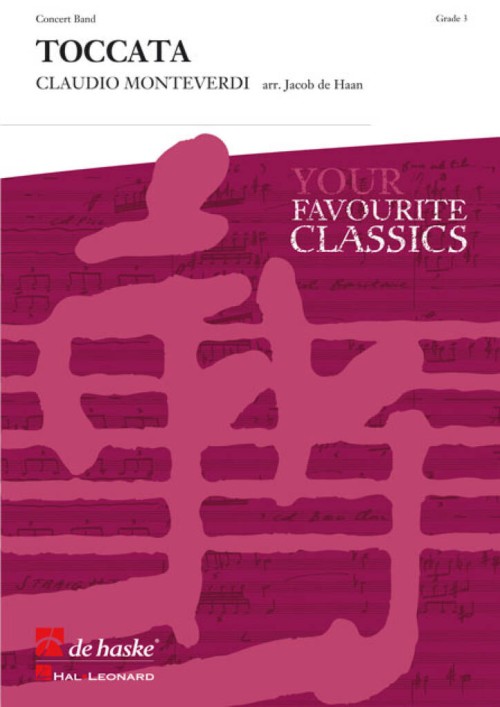 £84.99
£84.99Toccata (Concert Band - Score and Parts) - Monteverdi, Claudio - De Haan, Jacob
Claudio Monteverdi composed this toccata as an instrumental introduction for the opera L'Orfeo (1607). According to the composer, this introduction should be played three times before the rising of the curtain. This is actually the first overture in the history of opera.)The story of Orfeo, who enchanted nature with his music, is tragic, as he loses his beloved Eurydice and decides to retrieve her from the underworld. On their return journey, one glance back at her is fatal: he loses her for the second time.)This arrangement for wind band is very suitable as a concert opener. The toccata is played three times just like the original. The first time it is played by a quintet consisting of two trumpets and three trombones.)Various ways of performing this toccata are possible. The tension builds up more intensely if the quintet starts off stage. Eventually, these five players join the band, after which the tutti version follows two times. You can also have the brass play from the gallery during the second or third time for a double choir effect.Duration: 2:00
Estimated dispatch 7-14 working days
-
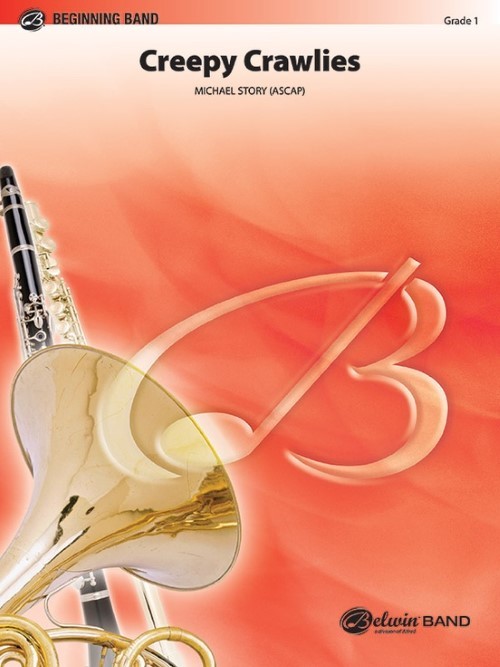 £54.95
£54.95Creepy Crawlies (Concert Band - Score and Parts) - Story, Michael
Well, you've probably heard of tributes to almost everything, but how about a tribute to bugs? Yes, with tongue very much in cheek, Michael Story has penned this original novelty to bring more than just a snicker from your audiences. Hear the insect as it approaches (your trumpet section playing on mouthpieces) and a resounding "slap" as the culprit is sent to greener pastures. Add some visuals from the band as the insect "circles," and you have yourself a guaranteed successful concert moment. For you environmentalists: No harmful pesticides are included. (Oh my, that's "OFF"-ful!)Duration: 1:45
Estimated dispatch 7-14 working days
